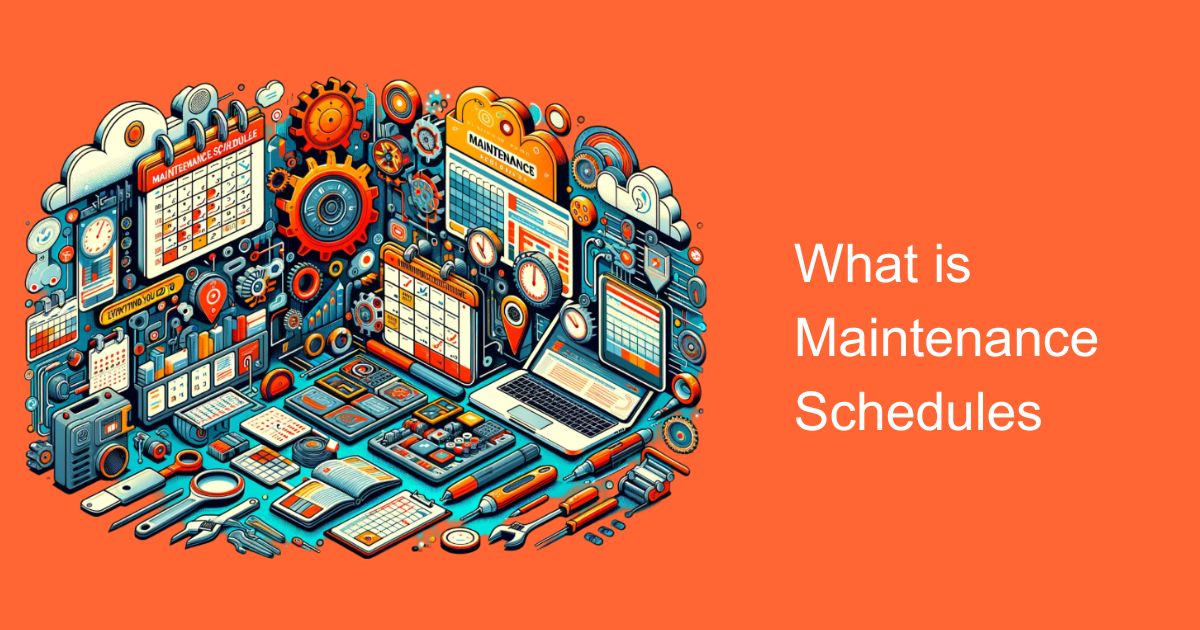Introduction
Maintenance schedules are the backbone of any well-functioning system, be it machinery, infrastructure, or even software. In India, where various industries thrive and infrastructure development is ongoing, the importance of effective maintenance schedules cannot be overstated. From ensuring the smooth operation of manufacturing plants to keeping vehicles safe on the roads, maintenance schedules play a vital role in upholding safety standards, maximizing efficiency, and prolonging the lifespan of assets.
Understanding Maintenance Schedules
At its core, a maintenance schedule is a predefined plan outlining regular inspections, repairs, and upkeep tasks necessary to keep equipment or systems running smoothly. These schedules are tailored to the specific needs of each asset, taking into account factors such as usage patterns, environmental conditions, and manufacturer recommendations.
In industries such as manufacturing, energy, and transportation, adhering to maintenance schedules is not just a matter of convenience but a legal requirement. Regulatory bodies often mandate regular inspections and maintenance to ensure compliance with safety standards and prevent accidents.
Key Components of Maintenance Schedules
A typical maintenance schedule consists of several key components:
Routine Inspections:
Regular visual checks and assessments to identify any signs of wear, damage, or malfunction.
Preventive Maintenance:
Scheduled tasks aimed at preventing potential issues before they escalate into costly breakdowns.
Predictive Maintenance:
Utilizing data analytics and sensor technology to predict when maintenance is needed based on equipment condition and performance trends.
Corrective Maintenance:
Addressing issues as they arise, often in response to unexpected failures or malfunctions.
Planned Downtime:
Scheduled periods during which maintenance activities are performed, minimizing disruption to operations.
Benefits of Adhering to Maintenance Schedules
Adhering to maintenance schedules offers numerous benefits, including:
Increased Reliability:
Regular maintenance helps identify and address potential issues before they lead to breakdowns, minimizing downtime and improving reliability.
Extended Lifespan:
Proper maintenance can prolong the lifespan of assets, reducing the need for premature replacements and saving on long-term costs.
Enhanced Safety:
Regular inspections and maintenance help ensure that equipment meets safety standards, reducing the risk of accidents and injuries.
Improved Efficiency:
Well-maintained equipment operates more efficiently, consuming less energy and reducing operational costs.
Compliance:
Adhering to maintenance schedules ensures compliance with regulatory requirements, avoiding penalties and legal consequences.
Challenges in Implementing Maintenance Schedules in India
While the benefits of maintenance schedules are clear, implementing them effectively in India comes with its own set of challenges. These include:
Infrastructure Constraints:
In many industries, particularly in sectors like transportation and utilities, inadequate infrastructure can pose challenges to conducting timely maintenance activities.
Skilled Labor Shortage:
The shortage of skilled maintenance technicians and engineers can hinder efforts to adhere to maintenance schedules effectively.
Cost Constraints:
Budgetary constraints may limit investment in maintenance infrastructure and technology, making it difficult to implement comprehensive maintenance schedules.
Regulatory Compliance:
Keeping up with evolving regulatory requirements can be challenging for organizations, particularly smaller businesses with limited resources.
Cultural Factors:
In some cases, cultural attitudes towards maintenance may prioritize short-term cost savings over long-term reliability and safety.
Conclusion
In conclusion, maintenance schedules are a critical aspect of asset management and infrastructure development in India. By adhering to well-planned maintenance schedules, organizations can improve reliability, safety, and efficiency while minimizing downtime and operational costs. However, implementing effective maintenance schedules requires overcoming various challenges, including infrastructure constraints, skilled labor shortages, and budgetary limitations. Nonetheless, with the right strategies and investments, organizations can harness the full benefits of maintenance schedules to drive sustainable growth and development in India’s dynamic economy.








